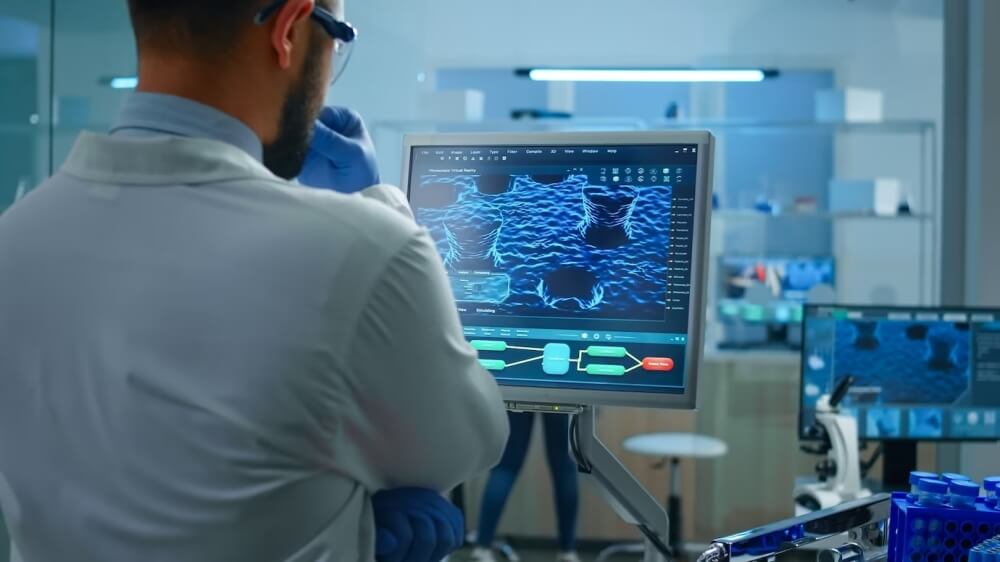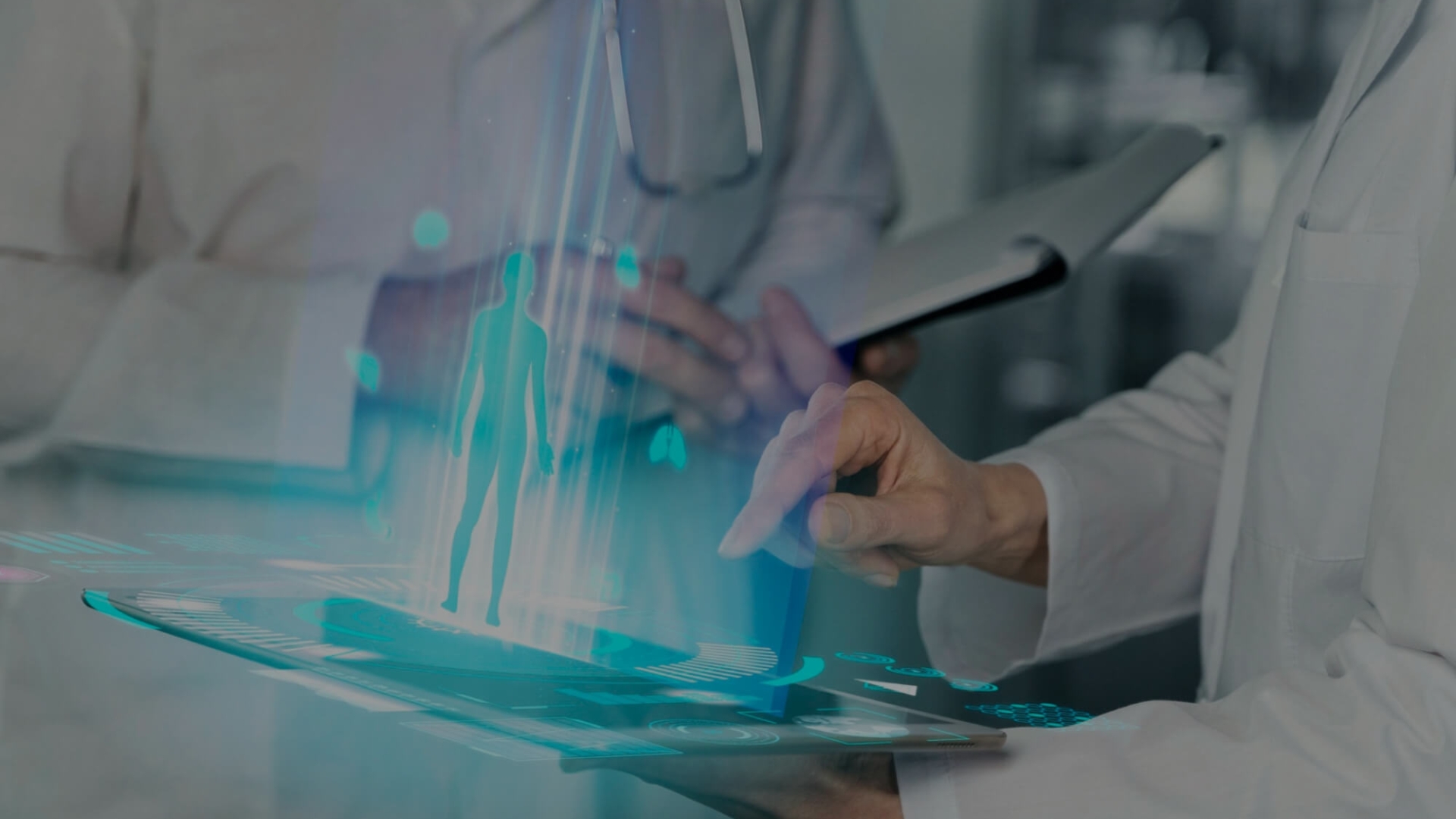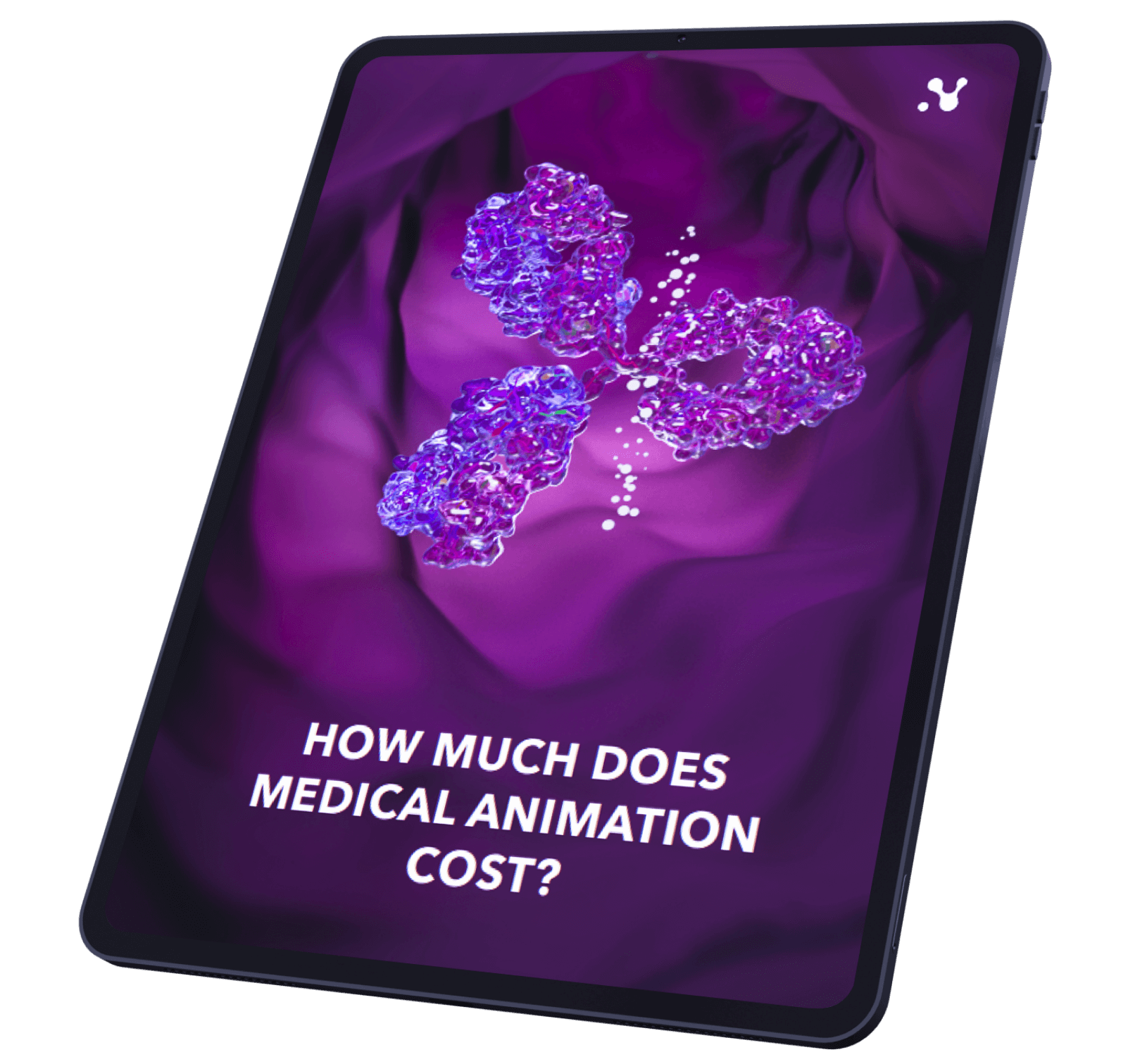In the rapidly advancing landscape of healthcare technology, the development of cutting-edge medical devices is a testament to human innovation and our dedication to enhancing patient care and medical outcomes. Yet, these marvels of technology often come packaged with complexity, making it considerably challenging to explain their functionality to medical professionals, patients, and potential investors. This is where the dynamic power of animation steps in. The utilization of animation to illustrate and showcase the functionality of these cutting-edge medical devices has emerged as a pivotal tool, effectively bridging the gap between intricate technicalities and clear comprehension.
The Challenge: Translating Complexity into Understanding
Gone are the days when medical devices were simple, straightforward tools. In today’s world, they have evolved into intricate systems that incorporate advanced technology and revolutionary innovation. While these advancements undoubtedly bring substantial benefits, they also introduce unprecedented complexities that can be baffling to convey using traditional methods of communication. Attempting to explain the inner workings of devices such as robotic surgical systems, implantable medical devices, and advanced diagnostic equipment through static images or mere verbal descriptions can often lead to confusion or incomplete understanding. And here, the magic of animation unfolds.

Visual Storytelling: A Bridge Across Understanding
At its core, animation is a form of visual storytelling. Its dynamic nature enables the creation of narratives that guide viewers through the various components, interactions, and operational modes of these medical devices. By providing an animated walkthrough of how the device interfaces with the human body or medical processes, animation excels at simplifying abstract concepts and transforming them into an engaging learning experience.
Consider the case of a robotic surgical system. Through animation, viewers can witness the precision with which the robotic arms move, comprehend the surgeon’s intricate control interface, and grasp how the system augments complex surgical procedures. This dynamic representation goes beyond static images and theoretical explanations, resulting in a comprehensive understanding of the device’s value proposition.
Elevating Medical Education and Training
The infusion of animation has significantly enriched medical education and training. Animation is an invaluable complement in fields where hands-on experience is paramount. Medical students, practitioners, and surgeons can watch meticulously crafted animations to grasp the device’s operation, potential complications, and proper usage protocols. This aids in reducing the learning curve, accelerating skill development, and ensuring safe and efficient device operation.
Imagine a medical student exploring the nuances of a novel cardiac implant. Through animation, they can be guided through each step of the implantation process, observing how the device interacts with the intricate anatomy and functions of the heart. This interactive insight fosters a deeper understanding of the device’s role and builds confidence in its application.

Empowering Patient Education
Patients are often challenged with comprehending intricate medical procedures and treatments. Animation is pivotal in patient education to distill complex medical concepts and procedures into easily understandable visuals. For instance, a patient scheduled for a minimally invasive procedure can view an animation illustrating the procedure’s process, anticipated sensations, and potential benefits. This visual aid not only alleviates anxiety but also fosters patient compliance and overall satisfaction with their healthcare journey.
Moreover, animation is instrumental in explaining the functionality of implantable medical devices to patients. For instance, an individual receiving a pacemaker can watch an animation that portrays how the device harmonizes with their heart rhythm. This empowers patients to make informed treatment decisions, fostering a stronger patient-doctor relationship.
Transforming Marketing and Investor Outreach
Animation is not confined to education and training; it is revolutionizing how medical device companies market their products and attract investors. Clearly articulating a device’s value proposition is vital in a competitive market. Animation provides companies with the means to highlight a device’s innovative features, its clinical advantages, and its potential impact on patient care.
When presenting to investors, both startups and established companies can harness animation to spotlight the distinctiveness of their cutting-edge medical devices. Investors can witness the device’s mechanisms, clinical applications, and how it addresses prevailing medical challenges. This dynamic presentation not only leaves a lasting impression but also bridges the knowledge gap that can sometimes exist between technical teams and investors from non-medical backgrounds.
Conclusion: The Dynamic Language of Animation
In an era defined by rapid technological breakthroughs and intricate medical innovations, animation emerges as an indispensable tool in communicating the functionality of cutting-edge medical devices. Its unique ability to simplify complexity, enrich education and training, empower patients, and redefine marketing and investor presentations makes it an influential and transformative medium. As medical technology continues to evolve, animation’s role will only amplify, standing as a crucial bridge between the remarkable potential of these devices and their effective comprehension by diverse audiences. Whether in classrooms, operating rooms, or boardrooms, animation is rewriting the language of medical device communication.


